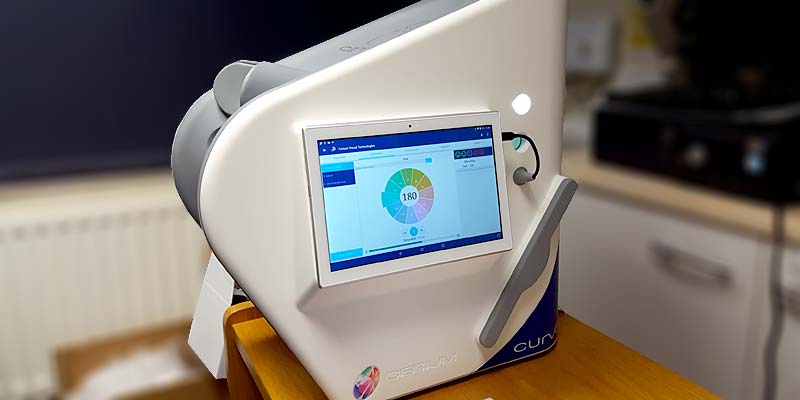
Visual Stress. Colorimetry could be the answer
Visual Stress is a term used to describe visual discomfort and perceptual distortions in printed text, and is suffered by many people who struggle to read.
The condition is estimated to be present in approximately 20% of the general population. There is a far greater propensity amongst the Dyslexic population to suffer from Visual Stress.
Many thousands of individuals who find reading tiring and unpleasant, unknowingly experience Visual Stress. Symptoms can be experienced in varying degrees from simple fatigue when reading, to an inability to look at text.
Symptoms of Visual Stress
All or some of the following may be present;
- Movement of the printed text
- Blurring of print
- Letters changing size or shape
- Patterns in the print (sometimes described as rivers or worms)
- Halos of colour surrounding letters or words
- Tiring easily whilst reading
- Headaches or visual discomfort
- Red, sore, watery eyes
Signs of Visual Stress
- Moving closer to or further away from the book
- Moving book around on the desk
- Fidgeting continuously
- Using finger as a marker on the page
- Skipping words or lines
- Frequently re-reading the same line
- Rubbing eyes or blinking frequently when reading
- Poor comprehension of reading content
- Frustration and low self-esteem
Is this Dyslexia?
Dyslexia is a term used to refer to a number of complex specific learning difficulties that often also include problems with reading and spelling.
Visual Stress is not Dyslexia but often runs concurrently with dyslexia. It has been established that there is a far greater propensity amongst the dyslexic population to suffer from Visual Stress.
Visual Stress can also occur in non-dyslexic individuals. Symptoms may become more apparent when intensive reading is necessary, for example when studying for exams.
Photosensitive Migraine and other Conditions
Migraine attacks have many triggers. Some migraine attacks may be visually-induced by flickering light, patterns or reading. These attacks may be helped by precision tinted lenses.
Research has also shown that reading can, in some cases, improve in Autistic spectrum individuals with the use of a precision colour. Acquired brain injury sufferers have also, anecdotally, shown benefits with a chosen colour. This research is ongoing.
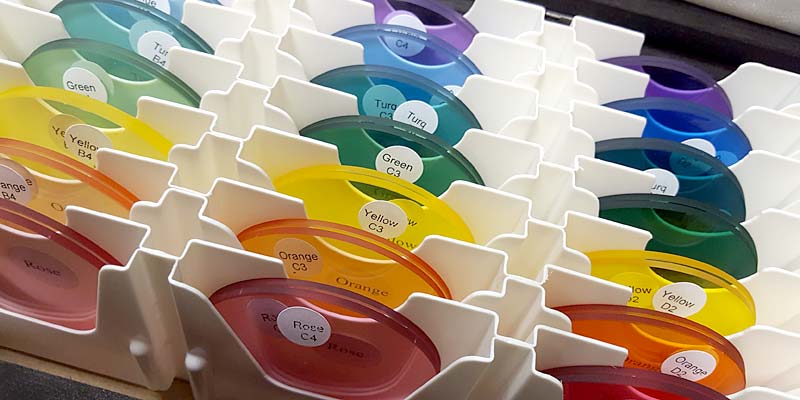
How Colour may Help
In some cases, the symptoms of Visual Stress can be reduced by the use of coloured filters; a coloured overlay placed over text or coloured lenses worn in spectacles.
Research has shown that offering a large number of colours allows for optimal results. The Intuitive Colorimeter™ offers many thousands of colour combinations.
Coloured overlays are widely used by teachers in schools throughout the UK. If an overlay proves useful, precision tinted lenses may also be beneficial. It is important to note that the most effective coloured overlay is unlikely have the same colour as the optimal precision tinted lenses.
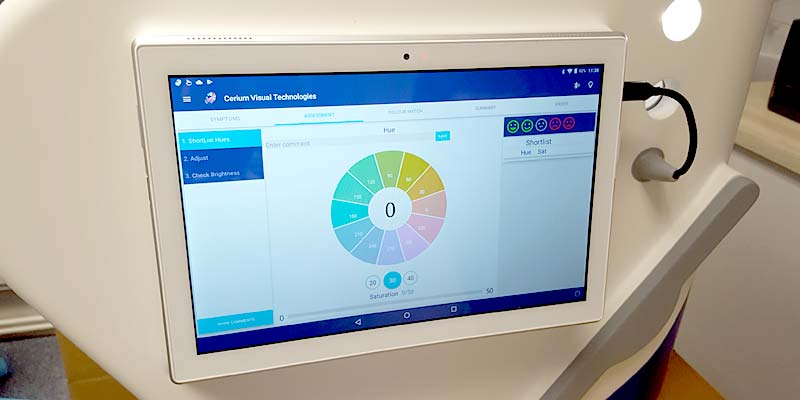
Assessment Screen
Using our state-of-the-art colorimetry computer, our staff can rotate through the colour spectrum until a colour is found that eases your symptoms.
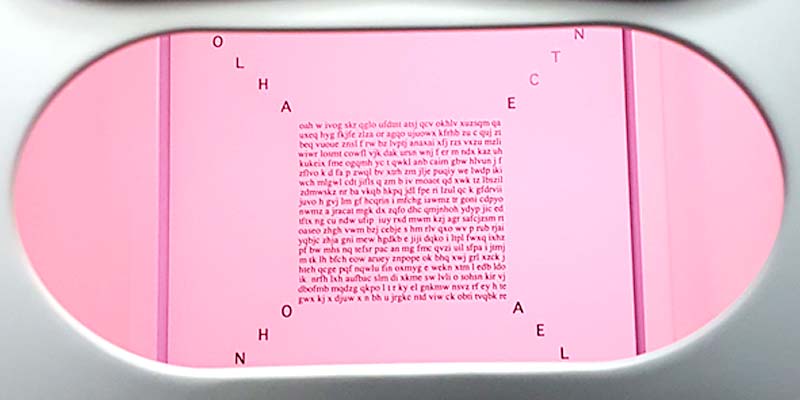
Calibrated Text
Looking from the front of the Colorimeter™ the patient is shown a calibrated page of text, simulating a book or newspaper article.
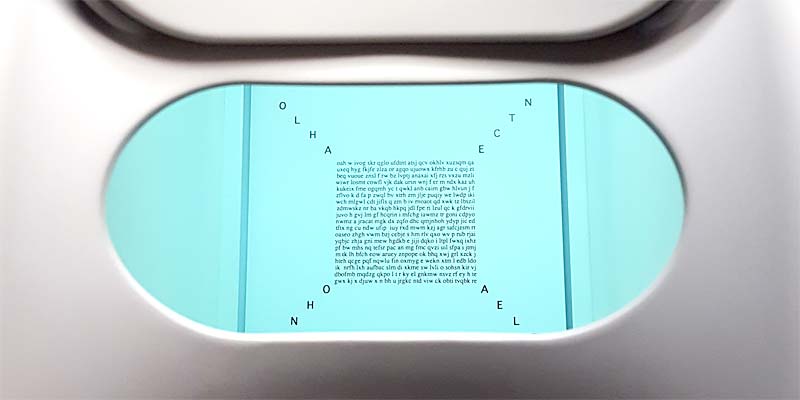
Blue Light Tests
Rotating through the colour spectrum and adjusting the density of each colour red to blue to green, etc helps us identify the right colour and shade for you.
